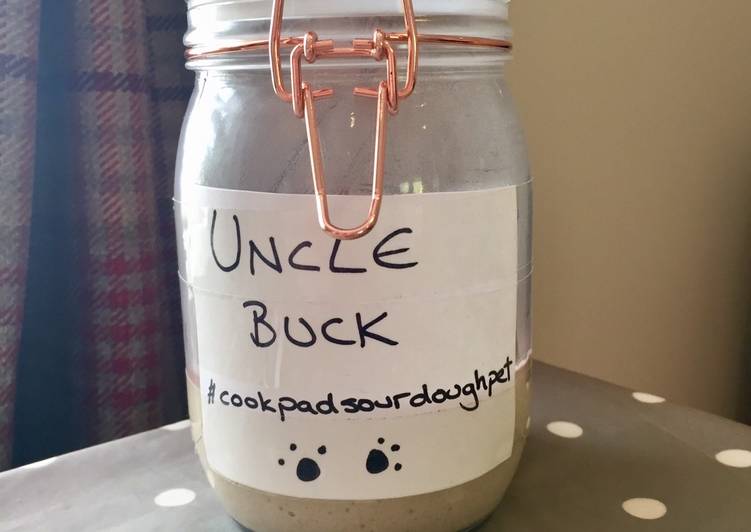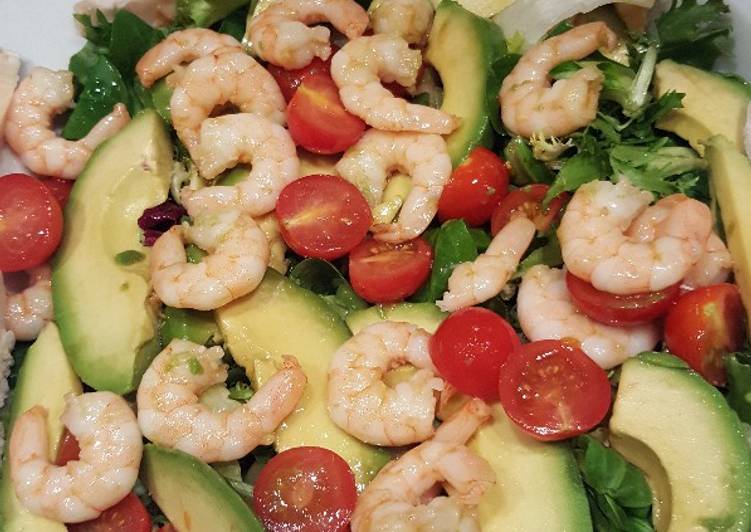
Hey everyone, I hope you are having an incredible day today. Today, I will show you a way to make a distinctive dish, buckwheat sourdough starter. One of my favorites. For mine, I’m gonna make it a bit unique. This is gonna smell and look delicious.
This Buckwheat Sourdough starter is a gluten-free sourdough starter that tastes just as great as its wheat-containing brethren! Using a buckwheat sourdough starter gives you a nutritious as well as. Gluten free sourdough starter isn't as bubbly as wheat sourdough. It doesn't have the gluten For example, switching a starter from buckwheat to rice is about as efficient at just starting a rice starter.
Buckwheat Sourdough Starter is one of the most favored of current trending meals in the world. It’s enjoyed by millions every day. It is easy, it’s fast, it tastes delicious. They are fine and they look fantastic. Buckwheat Sourdough Starter is something that I’ve loved my entire life.
To get started with this particular recipe, we have to first prepare a few components. You can cook buckwheat sourdough starter using 3 ingredients and 6 steps. Here is how you cook that.
The ingredients needed to make Buckwheat Sourdough Starter:
- Take 35 gm raisins
- Get 365 ml boiling water
- Make ready 385 gm buckwheat flour
This is a step-by-step guide on how to begin a gluten-free sourdough starter without yeast. It's made with brown rice flour and buckwheat flour. * Sourdough starter I have tried two sourdough starters: A normal one, which was originally grown on spelt and then converted to buckwheat(fed with buckwheat flour). The second one is a baking. A sourdough starter is how we cultivate the wild yeast in a form that we can use for baking.
Instructions to make Buckwheat Sourdough Starter:
- DAY 1 - Soak the raisins in the boiling water, leave them to soak until the water has cooled until it is tepid (just above room temp is fine). Then strain the raisins out of the water.
- In a glass bowl or large jar (I used a large bowl), place 40g of buckwheat flour and 80mls of your tepid raisin water and mix to form a paste. Cover with cling film and leave in a warm spot for 24 hours. Reserve your raisin water for day 2.
- DAY 2 - Whisk in another 40 g of the buckwheat flour and 55mls of your raisin water (warm it very slightly if you can for max yeast growth oomph). Cover again and leave for 24 hours.
- DAY 3 - Whisk in a further 75g buckwheat flour and 115 ml of your raisin water. Cover and leave to ferment for a further 24 hours.
- DAY 4 - Hopefully today you will start to notice a mild vinegar like smell and you may see some large surface bubbles. Discard half your mixture (don't throw it out - you can make pancakes, crackers and even cookies with this discarded batter). Then whisk 75g buckwheat flour and 115 ml of raisin water to your starter. Cover and leave to ferment for 24 hours.
- DAY 5 - Whisk in your remaining 155g of flour and add 225 ml of regular tepid water. Cover loosely and set aside for 4 hours of until really bubbly. Then store in the fridge for a final 12 hours before using.
The second one is a baking. A sourdough starter is how we cultivate the wild yeast in a form that we can use for baking. Since wild yeast are present in all flour, the easiest way to make a starter is simply by combining flour and water. How to Make a Gluten Free Sourdough Starter. A sourdough starter culture is a living thing.
So that is going to wrap this up with this exceptional food buckwheat sourdough starter recipe. Thank you very much for your time. I am confident you can make this at home. There is gonna be more interesting food in home recipes coming up. Don’t forget to save this page on your browser, and share it to your family, colleague and friends. Thanks again for reading. Go on get cooking!

